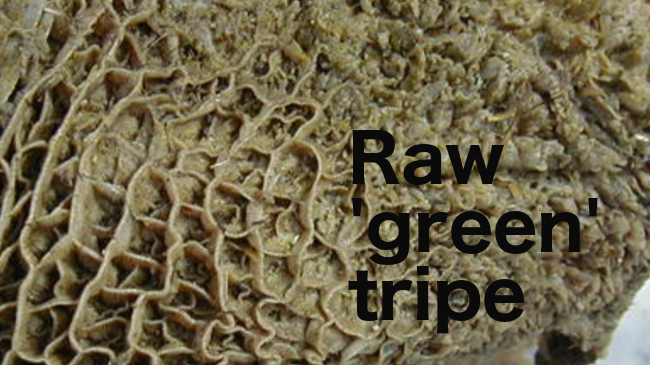
Four people were infected with Shiga toxin producing E. coli (STEC) O157 last year from exposure to raw pet food, according to a Public Health England report.
In August 2017, the cluster infected with genetically related strains of STEC O157 was identified. The strains possessed the Shiga toxin (stx) 2a subtype, associated with more severe disease and hemolytic uremic syndrome (HUS). Three cases were hospitalized and one person died following development of HUS.
Contact with dogs and consumption of raw carrots were the only exposures common to all cases. Interviews found three cases had been exposed to dogs fed on a raw meat based diet, specifically, tripe. In two of them the tripe was purchased from the same supplier.
While one case was not linked to raw pet food, as cattle and sheep are the main reservoir of STEC in the UK, exposure may have occurred through a different route. It could also have come from an animal fed a raw meat based diet without the case being aware of, or being able to recall it.
Tripe is the edible lining of cow’s stomachs and raw tripe could contain pathogens if animals are infected. While tripe is cleaned and treated for human consumption, many raw pet foods contain green tripe, a raw product not cleaned and containing untreated contents of the cow’s stomach.
STEC isolated from one sample of raw tripe was different to the strain causing illness in humans. The same STEC was detected in a swab of a preparation bench at the producer’s premises.
PHE said while the outbreak strain was not recovered from tripe this could be because samples tested were not necessarily from the batches fed to the case’s pets; the infectious dose of STEC is very low and there may be uneven distribution of bacteria in the products.
“Nevertheless, isolation of STEC did provide evidence for microbiological contamination of tripe and its pathogenic risk to human health and that it was a plausible transmission route in this outbreak. This adds to the evidence of raw pet food as a risk factor for zoonotic transmission of GI pathogens, which is already relatively widely accepted for Salmonella, Listeria and Campylobacter,” added the agency.
Raw pet foods could cause human disease if contaminated products are eaten, handled or via secondary transfer from contact with contaminated surfaces such as kitchen surfaces or dog bowls. Feeding raw meat to pets has grown in popularity due to increasing availability and beliefs it provides health benefits to animals.
Although still rare, an increase in STEC cases with exposure to raw meat based diets was detected in 2017. There has also been more raw pet food incidents in 2017 with eight being microbiological, suggesting an increasing trend in potential risk to humans from raw pet food, said PHE.
There are legislative requirements for regular microbiological testing for Salmonella and enterobacteriaceae but not Listeria, Campylobacter or STEC.
In the UK, STEC serogroup O157 is the most common type and around 700 cases are reported annually in England compared to around 10,000 Salmonella and 60,000 Campylobacter cases.
Food, water and environmental samples were collected by Environmental Health Practitioners (EHPs) from the freezers of two cases, an implicated producer of raw pet feed and a pet food shop.
All samples from the North East raw pet food producer and the case’s freezer were positive for STEC. STEC was isolated from one sample of raw tripe but it was STEC O100:H30 positive for the stx2g gene, so not the same as the strain infecting human cases. The South East samples from the case’s freezer and pet food shop were negative for STEC.
The company sourced tripe from two suppliers but it was not possible to find which of these the finished product came from. A third source went into administration in July 2017 primarily due to hygiene issues but it was used prior to onset of cases.
Isolates of STEC O157 from the four cases were all Phage Type (PT) 21/28 stx2a. Onset dates ranged from June 23 to July 23, 2017. Two confirmed cases were female and two male. The median age was six as three cases were under 10 years of age with a range from six to 45 years.
All four cases reported diarrhea and three had bloody diarrhea accompanied by vomiting. Duration of illness ranged from four to eight days. For the person that died cause of death was HUS and sepsis.
Whole Genome Sequencing (WGS) for national surveillance facilitated identification of a novel vehicle for STEC transmission, according to the report.
“WGS enabled the detection and investigation of this small, nationally dispersed cluster which would have gone undetected prior to the introduction of WGS due the commonly reported PT (PT21/28), comprising approximately a third of STEC O157 cases in England.”
PHE has published guidance to help reduce the risk of infection from handling raw pet foods which can be found here.
(To sign up for a free subscription to Food Safety News, click here.)


